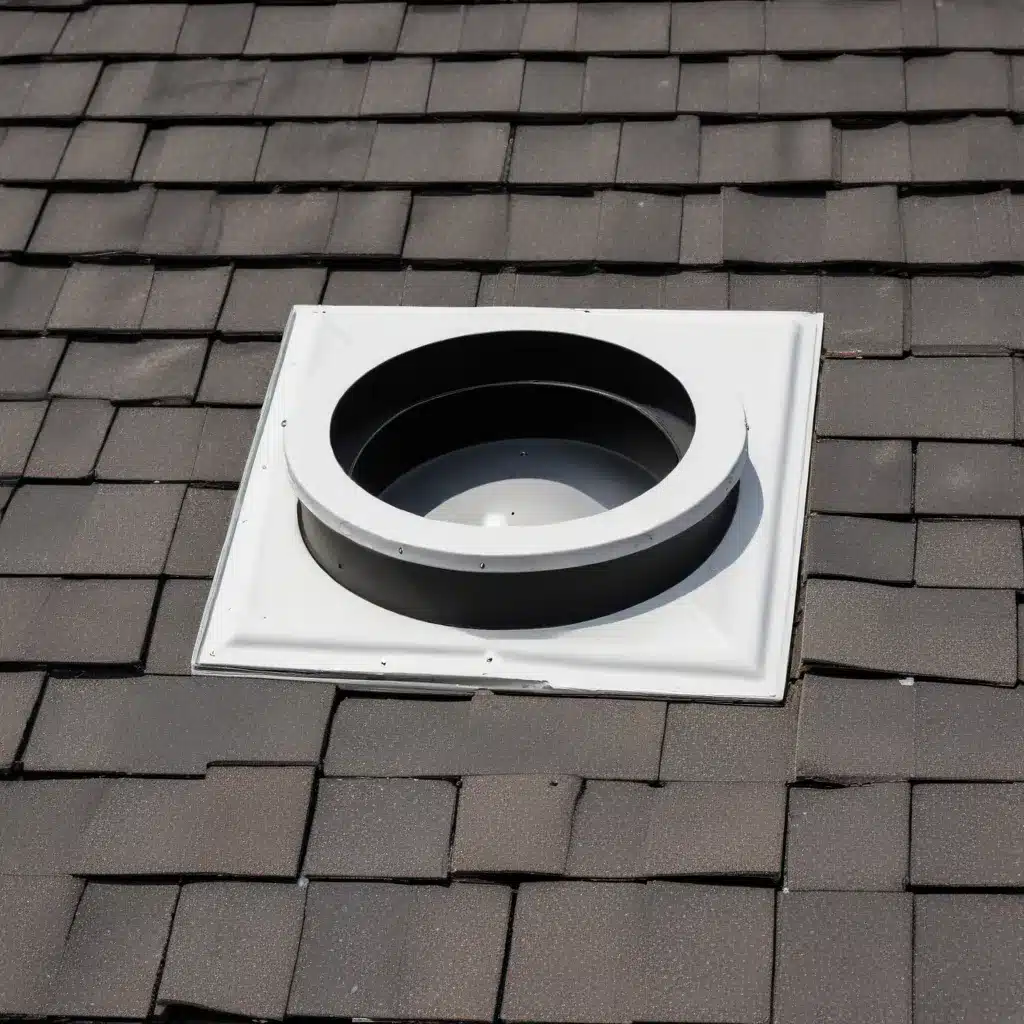
Understanding the Importance of Roof Ventilation
Proper roof ventilation is a critical aspect of maintaining a healthy and durable roofing system. However, many homeowners often overlook or underestimate the significance of adequate ventilation, leading to a range of issues that can compromise the integrity of their roof and even impact energy efficiency.
As a seasoned roofing professional, I’ve encountered countless cases where improper roof ventilation has been the root cause of various problems, from blistered shingles and ice dams to excessive moisture buildup and attic condensation. In this comprehensive guide, we’ll dive deep into the common roof ventilation issues homeowners face and explore practical solutions to address them.
Identifying Common Roof Ventilation Problems
Improper Vent Placement and Combination
One of the most prevalent ventilation issues arises from the incorrect placement and combination of different vent types. The building code requires a balanced system of both high and low vents to facilitate proper air circulation. However, many homeowners or even inexperienced roofing contractors end up mixing different vent types, such as ridge vents, turbine vents, and power vents, on the same roof.
This combination can lead to short-circuiting, where the high vents end up sucking in air from the other exhaust vents instead of drawing air from the low intake vents, as intended. The result is an imbalanced ventilation system that fails to effectively remove hot, moist air from the attic space.
Inadequate Intake Ventilation
Another common problem is the lack of adequate intake ventilation, particularly in homes with no soffits or insufficient soffit vents. Without proper low-level intake vents, the high exhaust vents will tend to draw in conditioned air from the living spaces, rather than the desired outdoor airflow. This can lead to increased energy costs, as the HVAC system works harder to maintain the desired temperature and humidity levels.
Improper Turbine Vent Installation
Turbine vents can be a reliable exhaust option, but they require precise installation to function effectively. If a turbine vent is not installed perfectly level, it may not spin and, consequently, fail to create the necessary suction to expel hot air from the attic. Additionally, without proper air sealing in the attic, turbine vents can inadvertently pull conditioned air from the living space into the attic, exacerbating ventilation problems.
Powered Roof Vent Drawbacks
While powered roof vents (also known as attic fans) may seem like a quick solution to ventilation issues, they often create more problems than they solve. These mechanical vents can disrupt the natural convection-driven airflow, leading to air imbalances and, in some cases, even pulling conditioned air from the living spaces into the attic.
Inadequate Ventilation for Insulation Upgrades
As homeowners strive to improve energy efficiency by adding more insulation to their attics, they may inadvertently cover or restrict the existing ventilation system. This can lead to a buildup of heat and moisture, potentially causing damage to the roofing materials and creating an ideal environment for mold and mildew growth.
Addressing Roof Ventilation Problems
Ensure a Balanced Ventilation System
The key to effective roof ventilation is maintaining a balanced system, with both high and low vents working in harmony. Typically, this involves installing ridge vents or gable vents as the high exhaust vents, coupled with properly sized and positioned soffit vents as the low intake vents. The goal is to create a natural convection-driven airflow that efficiently removes hot, moist air from the attic space.
Incorporate Specialized Intake Vents
In homes without traditional soffits, you can install specialized intake vents, such as SmartVents, that are cut into the roof near the eaves. These vents provide the necessary low-level air intake to balance the high exhaust vents and promote proper ventilation.
Avoid Powered Roof Vents
As mentioned earlier, powered roof vents (or attic fans) often create more problems than they solve. Instead, focus on enhancing the natural ventilation system with passive, convection-driven solutions that don’t disrupt the desired airflow patterns.
Ensure Proper Turbine Vent Installation
When installing turbine vents, it’s crucial to ensure they are perfectly level to allow for unrestricted rotation and optimal performance. Additionally, make sure the attic has been professionally air-sealed to prevent the turbine vents from inadvertently drawing conditioned air from the living spaces.
Maintain Ventilation When Upgrading Insulation
If you’re planning to add more insulation to your attic, be mindful of the existing ventilation system. Ensure that the new insulation doesn’t cover or restrict the airflow through the soffit, ridge, or gable vents. Consider installing additional vents or carefully designing the insulation layout to maintain a balanced ventilation system.
Roof Ventilation Maintenance and Inspection
Regular roof inspections and maintenance are essential to identifying and addressing any ventilation issues before they escalate into more severe problems. As a roofing professional, I recommend scheduling a comprehensive inspection at least once a year, or more frequently if you live in an area prone to extreme weather conditions.
During the inspection, our team will examine the condition of your vents, assess the airflow, and identify any potential obstructions or imbalances in the ventilation system. By addressing these issues promptly, you can extend the lifespan of your roofing materials, improve energy efficiency, and maintain a healthy, comfortable living environment.
For more information on our comprehensive roof inspection and maintenance services, please visit the Roofers in Northampton website. Our team of experienced professionals is ready to assist you in keeping your roof ventilation system in optimal condition.
Conclusion
Proper roof ventilation is a crucial aspect of maintaining a healthy and durable roofing system. By understanding the common ventilation issues, homeowners can take proactive steps to address problems and ensure their homes are well-protected from the elements.
Whether it’s ensuring a balanced ventilation system, incorporating specialized intake vents, or properly maintaining the existing ventilation components, a comprehensive approach is essential for safeguarding your roof and maximizing its performance. By partnering with experienced roofing professionals, you can rest assured that your roof ventilation system is functioning at its best, providing long-lasting protection and energy-efficient comfort for your home.

